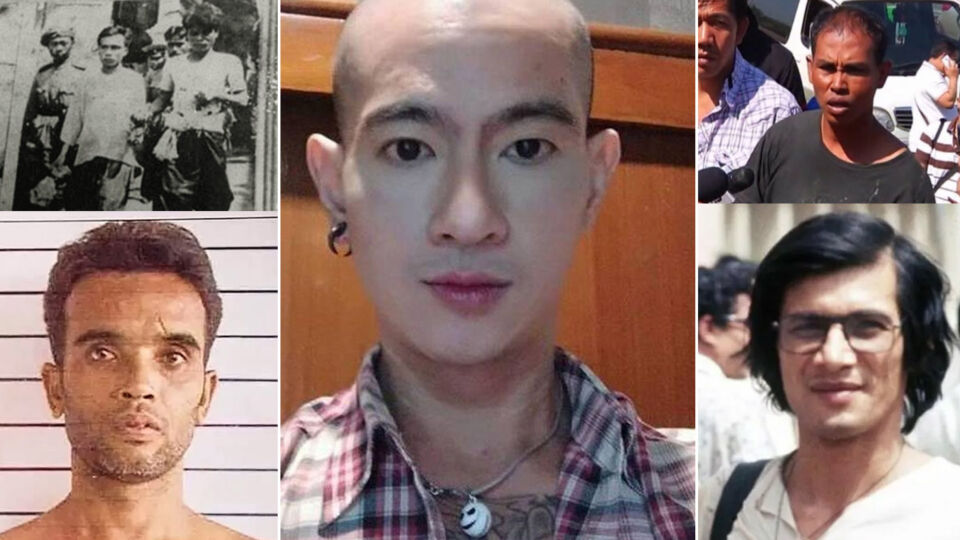The suspected crimes of Sararat “Am Cyanide” Rangsiwuthaporn, now accused of murdering 14 people with poison, are unusual not just only because the suspect is a woman and pregnant, but also because Thailand is not famous for cultivating serial killers.
While true crime is a national obsession that renews itself annually (See: Tangmo, Uncle Pol, Lunlabelle), there have been few known prolific killers with double-digit body counts. And, in most cases, their reasons to kill have sprung from banal motives such as money or infidelity rather than the archetypal thrill killer feeding dark appetites.
The only one of Thailand’s 10 most infamous serial killers of the past century to match or even eclipse Sararat’s alleged crimes wasn’t a Thai national but rather a charismatic Indian-Vietnamese con artist who also tied up loose ends with poison. Of course, the fact most occurred in the last 20 years suggests others may have gone undiscovered throughout history.
From a brutal truck thief and Chinese “cannibal” to not one but two “iron box” killers, here are the stories of Thailand’s serial killers from the past century.
1918: Boonpeng “Iron Chest Killer I”, 2 to 7 victims
Ladykiller monk, sorcerer.
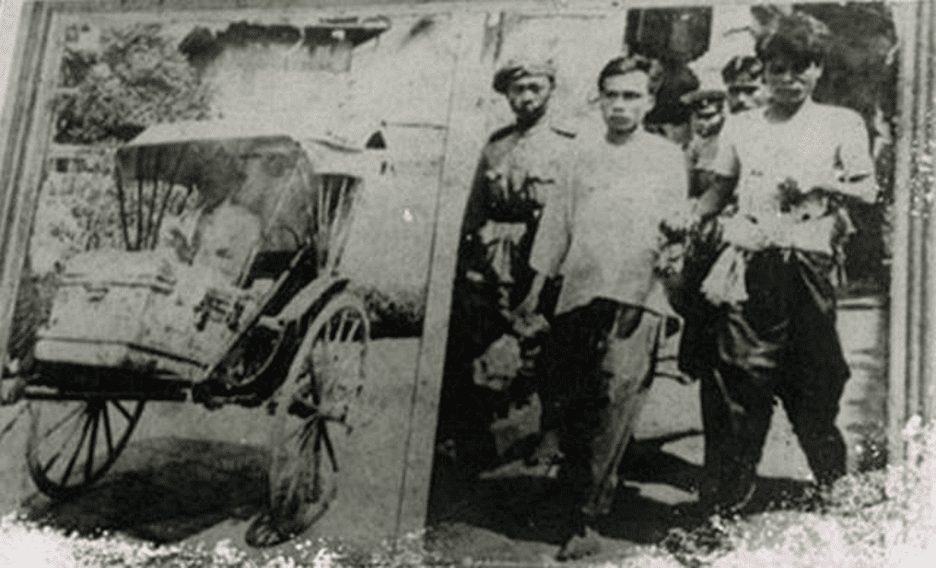
No one knows when Boonpeng killed the first time – or how many more victims there were besides the two he confessed to – but there were indications he murdered up to five people. What is known is that he sealed all of his victims inside iron chests which he then dumped in Bangkok waterways.
Born in 1890 in Nakhon Phanom province, Boonpeng was taken to Bangkok at the age of 5 and fostered there. He grew into a handsome and charming ladies’ man by his teen years. He also developed an appetite for the occult and became a student of black magic, learning under a nearby temple undertaker. After his foster parents kicked him out for pursuing the dark arts, Boonpeng, then 20, moved to Banglampu, where Khaosan Road is located today.
There, where the Krung Kasem Canal meets the Chao Phraya River, he was ordained as a monk at Wat Thewarat Kunchorn. He used his position and knowledge of love potions to beguile wealthy women, some of whom he had sex with to power his rituals.
The abbot eventually got wind of it and kicked him out. So Boonpeng moved his operation a few kilometers south to the grand Wat Suthat, convincing its abbot that he had mended his ways. He immediately went back to black magic, screwing temple-goers, and even opened a gambling den.
That’s where he met a young, unhappily married woman named Prik and the two soon struck up a romance.
It was on Jan. 12, 1918, that people fishing along the Chao Phraya River in Nonthaburi province stumbled upon a massive iron chest that had mysteriously washed ashore near the temple pier. Driven by the allure of potential riches, they pried open the chest only to find an unidentified young woman’s lifeless body inside.
She had been suffocated to death, and her body was wrapped in a mosquito net and weighed down with bricks. Her identity did not remain a mystery for long. The next day, her grief-stricken mother went to the police to report her missing and soon identified the body as her daughter, Prik.
She had become pregnant with Boonpeng’s child, but he had arranged a better marriage for himself and killed her days prior to it. After the rickshaw driver he hired to dump the chest went to the police, officers rushed to arrest Boonpeng on Jan. 14, 1918 – at his wedding.
He confessed to also killing a jewelry seller, whom he had sealed inside an iron chest and dumped in the Bangkok Noi canal before it washed up months earlier in May 1917.
On Aug. 19, 1919, Boonpeng sat in a field tied to a bamboo stick and was beheaded in front of a large crowd at Thailand’s last public execution.
1954-1958: Si “Cannibal Killer” Ouey, 4-6 victims (disputed)
Thailand’s greatest bogeyman or scapegoat, he spent six decades as a museum oddity.
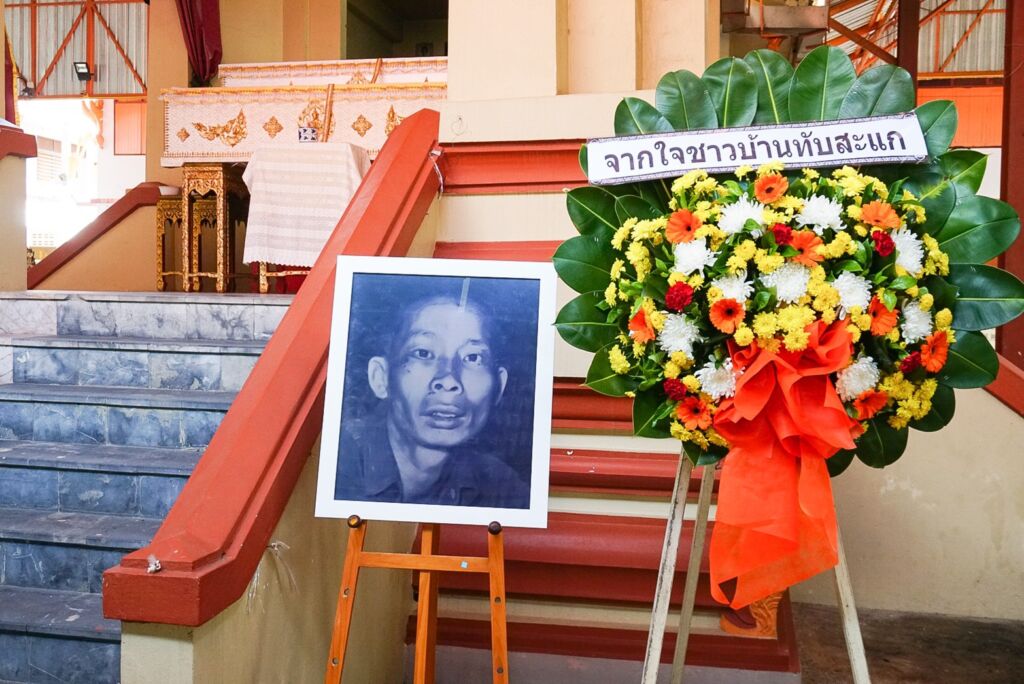
In or around 1927 – his age was disputed – Si Quey Sae-Ung, also styled as Si Ouey, was born in the southeastern Chinese city of Shantou. He migrated to Thailand in 1946.
It was 1958 when a young boy in the eastern province of Rayong went out to buy vegetables and disappeared. His father tracked him to Si Quey’s ramshackle shop, where he said Si Quey was preparing to burn his son’s body, which was missing several organs.
Over the years, a number of other children had been killed and reportedly had their organs removed in several provinces including Prachuap Kiri Khan, Nakhon Pathom, and Bangkok.
But in the early Cold War climate of anti-communism, Chinese migrants like Si Quey were viewed suspiciously, and the boy’s murder soon led to lurid, xenophobic tabloid stories that he not only killed them all but ate their organs to gain supernatural powers.
Si Quey, who could not speak Thai, was said to have confessed to it all. He entered a guilty plea at his trial, which in Thailand automatically precludes a death sentence. The prosecution challenged that, and Si Quey reportedly fainted upon learning he was to die. He was executed at Bang Kwang Prison in 1959.
Since then, his name has been on the lips of mothers admonishing misbehaving children with threats that the “cannibal killer who ate children” would come and eat their livers. His desiccated corpse slumped for six decades inside a wood and glass display case at a Siriraj Hospital medical museum, unofficially named after him. That was until armchair sleuths began poring over the historical record of the case against him, amplifying long-standing doubts about his guilt.
On July 23, 2020, Si Quey was finally put to rest at a funeral held at a small temple just outside the prison. Several elderly women who knew him as a kind and helpful neighbor traveled from Prachaup Khiri Khan to pray for his soul to go to heaven.
Coconuts attended the funeral, where the women said they never doubted his innocence.
“Growing up, my mom never said that Si Quey would eat my liver. She only told me that Si Quey was innocent, and a good guy from our hometown,” said Wannapa Thongchin, a retired teacher, then 68.
Wannapa said she had always believed Si Quey was a scapegoat and victim of anti-Chinese sentiments, but couldn’t express it openly since she formerly worked as a civil servant.
Regarding the warning many Thai parents have delivered to generations of misbehaving children – Si Quey will eat your liver! – Wannapa Thongchin, a 68-year-old retired teacher from Tab Sakae, said she is living counterevidence, as she was about the age of his alleged victims.
“Growing up, my mom never said that Si Quey would eat my liver. She only told me that Si Quey was innocent, and a good guy from our hometown,” Wannapa told Coconuts Bangkok.
1975-1976: Charles “The Serpent” Sobhraj, 12 to 20 victims
Charming master manipulator, this “gem dealer” preyed on backpacking hippies.
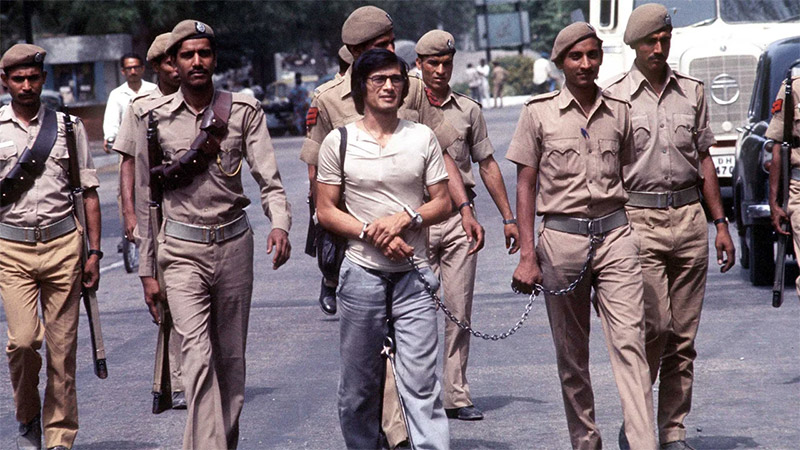
Charles Sobhraj was a con man and serial killer who preyed on tourists traveling in Southeast Asia and killed upward of 14 people in Thailand during the 1970s. The cases in which he was ultimately charged involved the murders of a young American woman named Teresa Knowlton, Vitali Hakim of Turkey, Dutch students Henk Bintanja and Cornelia Hemker, and Charmayne Carrou, who was Hakim’s French girlfriend. Knowlton and Carrou were found wearing bikinis, leading to Sobhraj’s sobriquet: “The Bikini Killer.”
He was the subject of the 2021 Netflix series The Serpent.
Although he faced charges in Thailand, he was never extradited for trial. After spending two decades in an Indian jail, Sobhraj was released and, five years later, visited Nepal in 2003. There, he was arrested at a casino and sentenced to life for the 1975 murder of Connie Jo Bronzich. After 19 years, he was freed in December 2022 at the age of 78.

2005-2019: Somkid “Kid the Ripper” Pumpuang, 6 known victims
Deemed a “model inmate,” freed to kill again.
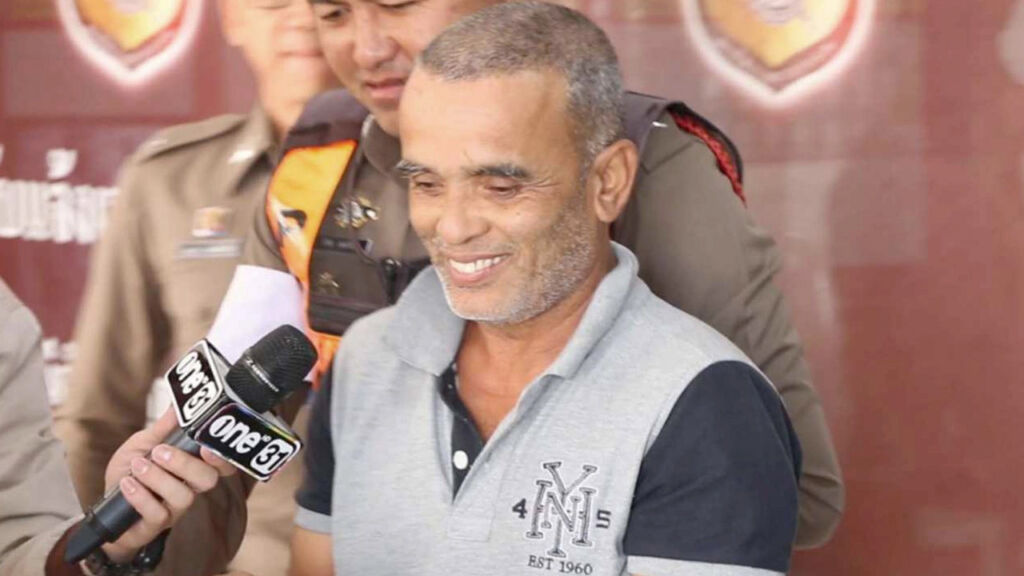
Born in the southern province of Nakhon Si Thammarat in 1964, Somkid was abandoned by his father when he was 8. He became a young kleptomaniac and his stealing got him kicked out of homes, schools, and jobs.
Somkid’s first known murder occurred when he was 40 in 2005. In the months that followed, he would go on to strangle or drown five women to death in hotel rooms across Thailand.
His first victim was Warunee Phimphabutr, who he tied up using her bra and drowned in a hotel room bathtub in Mukdahan city on Jan. 30, 2005.
Five months later, he went on a murderous spree in which he killed four more women in a span of 17 days: Phongphan Sapchai (Lampang city, garroted by wire), Patcharee Amatanirand (garrote, Trang province), Porntawan Pangkabutr (strangled, Udon Thani city), and Sompong Pimpornpirm (strangled, Buriram city).
Six days after killing Sompong, Somkid was taking his sixth victim to a hotel in Chaiyaphum province when police stopped him. A stolen phone in his possession linked him to a previous victim and, ultimately, all five deaths. He was tried on five counts of murder and theft but his guilty plea spared him the death penalty. He was incarcerated at Bangkok’s notorious Bang Kwang Prison and later taken to a provincial jail in the northern province of Nong Khai.
Inside the prison, he was deemed a well-behaved, model inmate. That helped secure a commutation of his life sentence to 13 years and he was released in May 2019, just days before his 55th birthday.
Somkid shacked up with a 51-year-old hotel maid named Ratsami Mulichan in Isaan’s Khon Kaen province, and everything seemed fine until Dec. 15, 2019, when he bound her ankles with a cellphone charger and strangled her to death with a blanket. A tip led police to arrest him at a Pak Chong train station on the way to Bangkok three days later on Dec. 18.
He was convicted of murdering Ratsami on April 2, 2021. This time, the court sentenced him to die. Today, he remains on death row.
2011-2012: Nirut “The Pickup Truck Killer” Sonkhamhan, 6 known.
Instead of simply stealing cars, he poisoned their owners.
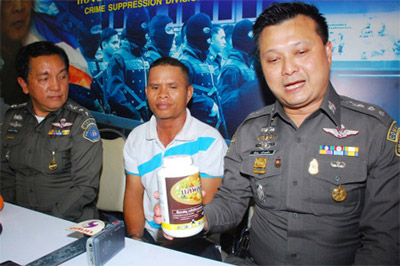
Nirut Sonkhamhan was born Aug. 5, 1969, in the northeastern province of Kalasin. At age 10, he moved with his father to Songkhla, where he grew up and eventually got married, started a family, and worked as a taxi driver. Financial troubles arose due to his gambling addiction.
Between 2011 and 2012, Nirut hired drivers to help him transport goods. Once on the road, he would stop at a gas station, order coffee, and secretly lace it with poison. Once the victims were unconscious or dead, he would discard their bodies by the roadside and sell their vehicles to car thieves in the Songkhla district of Hat Yai. He was partial to Toyota Vigos because they were easy to sell.
He was accused of poisoning nine people; three of whom survived.
His victims included Yupin Jeonkhem, found weighted down in a dam, Montree Kalam, poisoned but survived, and Nairob Prathon, whose body was disposed of in a palm plantation. Nirut also poisoned and allegedly robbed Watchara Suebchuea, but the body was never found. He disposed of Chamnong Srirachat’s body in a canal grove and left Somsak Srichampa’s body on a road.
Nirut tried to kill Charoen Daranoi, but his victim realized he was being poisoned and kicked Nirut out of the car and sped away.
He dumped Paitoon Pattalapho’s body in a sugarcane plantation, unaware that he was still alive. He also killed Julsil Salangsing with poison. His final known victim was Somsak Srichampa, who he dumped along a road in Prachuap Khiri Khan province.
Security footage, fingerprints and other evidence eventually led police to a hotel room in Nakhon Pathom.
Investigators were still trying to link him to other murders when, in April 2012, Nirut took one more life by hanging himself with his shirt in a prison bathroom.
2010-2014: “Horny Six Pack Killer,” 2 victims
So sayeth the tabloids.
There isn’t much known about this man except that he was arrested in 2015 for raping 10 women in greater metro Bangkok, two of whom he killed. Media reports focused on the ages of his victims – most were in their 70s – and victims’ testimony that he had rock-hard abs. His known crimes occurred between 2010 and 2014.
The unidentified man was a contractor who had worked for the Nakhon Pathom Highway District and later an ice factory in Korat. Police said they found photos of elderly women in his room.
2014: Nui, sexual predator, 4 known victims
Drifter targeted children in abrupt, vile spree.

On the evening of Dec. 6, 2013, the parents of a young girl left her sleeping in their pickup truck while they went to a country music concert near Bangkok’s BTS Bearing. She was missing when they returned. Before long, security footage was found showing the girl, Cartoon, at the Skytrain station being led by the hand of an unknown man.
Nine days later, police found a child’s skull, body parts, and clothing in a nearby vacant lot. DNA linked the remains to Cartoon.
A man of uncertain identity was quickly arrested and shockingly admitted to assaulting, raping, or killing 10 other young girls and boys around the country. He claimed that five such attacks had occurred that month, with Cartoon’s murder being the third.
The man had no identification and no family name. Believed to be around 32, he went by the name Nui and had grown up on the streets of Bangkok. In 2008, he had been convicted and sentenced to 44 months in prison for attempting to rape and kill a 7-year-old girl. Following his release in August 2012, he became a wanderer, taking odd jobs and occasionally working for a company that put on mor lam country music concerts.
It was during that time that he committed a horrifying series of crimes.
Ten months before he killed Cartoon, he sexually assaulted and strangled a 4-year-old girl at a Red Cross fair in the northern city of Loei. He assaulted a boy in Loei province’s Wang Saphung district and later a girl, who survived being strangled and left for dead.
On Dec. 4, he was setting up for a mor lam band at a temple in northern Bangkok when he abducted a passing girl that he raped and killed. The next day, he sexually assaulted a 13-year-old girl at Bangkok’s Suksawat Market but let her go.
He told police that he was carrying equipment for a luk thung band around Bearing on Dec. 6 when, after work, he went out to buy some beer and happened to see a 6-year-old girl walking alone. He offered to buy her snacks and then dragged her into the grass near the entrance of Lasalle Road and raped her. When the girl resisted, he said that he strangled her to death.
After that he traveled northeast to Nakhon Ratchasima province. Two days later, while police were still looking for Cartoon, he raped a young boy at a concert. He found his final victim the next day on Dec. 9 while setting up a stage in Prachinburi’s Kabin Buri district, where he strangled a young girl to death in a cabin in the woods.
He was ultimately sentenced to life for killing four children.
Nui told police that he was continuously raped when he was 6 and that he had started raping and killing younger boys and girls at 15. If they survived their ordeal, he would take them home.
2016: “Jimmy the Serial Killer,” 5 known victims
Preyed on other homeless living in Bangkok’s margins.
It quickly became apparent to police in 2016 that someone was preying on Bangkok’s homeless. The first two victims were found on Oct. 4, 2016. The bodies of Suporn Kokkran and Supaporn Kongyudee were discovered near a drug abuse center in northern metro Bangkok. A third victim, Sathien Sornchai, was found on Oct. 6 in the same area. All three were scavengers.
Those and the cases that followed bore the same brutal methods: slashed throats, stab wounds, and hands bound with wire.
A day after Sathien was found, police spotted a 20-year-old homeless man sleeping in a bloody shirt near the Mo Chit Bus Terminal. He was only ever identified as “Jimmy.” After his arrest, the authorities found the body of a fourth homeless victim, Rampha Panchaphonlawet. They also implicated Jimmy in the death of Wanchai Noymontri, who had been found earlier on Sept. 5 under a Bangkok expressway.
2018: Apichai “Iron Chest Killer II” Ongwisit, 2 known victims
Son of two murder suspects consumed by drugs, guns, and rage.
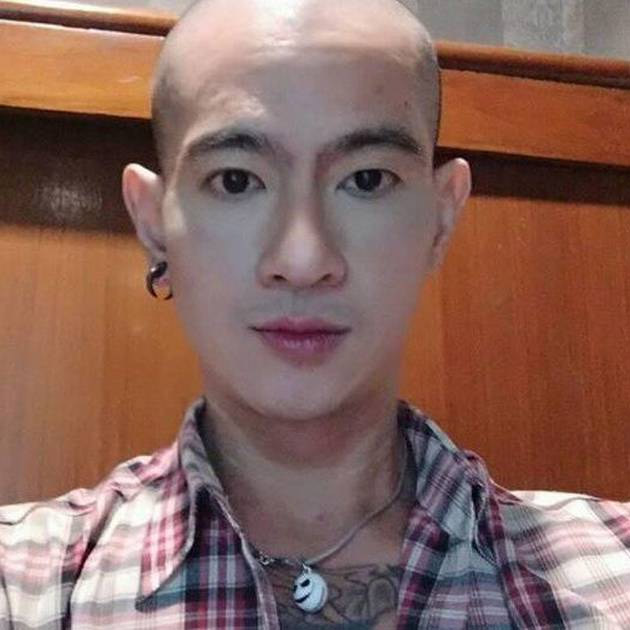
Apichai Ongwisit was 4 when he lost both of his parents. His hot-headed father, Chalermchai Onkvisit, was accused of murdering and dismembering a 15-year-old girl after he saw her knocking on the glass of a fish tank. Chalermchai was soon gunned down and Apichai lost his mother when she fled the country – likely because she was the one who killed his father.
Apichai was bullied as a child and was in and out of prison in his 20s and 30s for crimes ranging from assault and kidnapping to the attempted murder of a cop.
When he last got out in 2018, he returned to a large tract of land he owned in the western Bangkok neighborhood of Bang Khae, where he kept carnivorous fish in ponds around the property. In January 2020, a prison buddy he hired as a handyman told police that months earlier, he had helped Apichai bury a girl there.
Officers raided the property and found a large bag filled with human body parts. And a metal chest.
Inside was the body of 22-year-old Warinthorn “Kuk-Kik” Chaiyachet, a promotional model that had been dating Apichai. His former buddy said that Apichai abused and hit her and would lock her inside the large metal chest.
After hitting her with a pipe one night, he locked her in the chest, where she suffocated to death. The case blew up when they found nearly 300 bone fragments in one of his ponds. Soon they found another chest, and enough remains to be, at least, a third victim. Neighbors said that a 12-year-old girl also went missing around the house in 2011.
Apichai was 41 when he was sentenced to life in prison in January 2021 for Warinthorn’s brutal murder.
